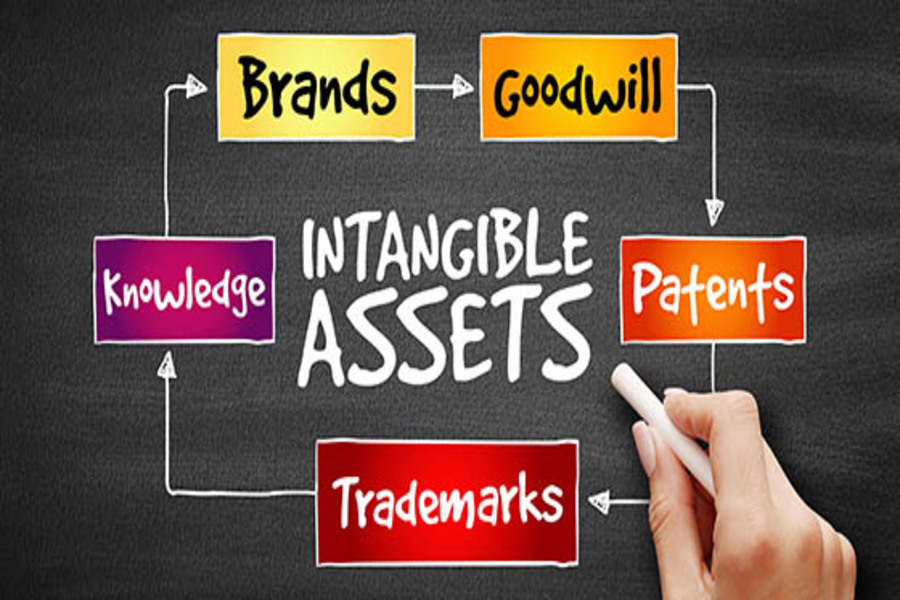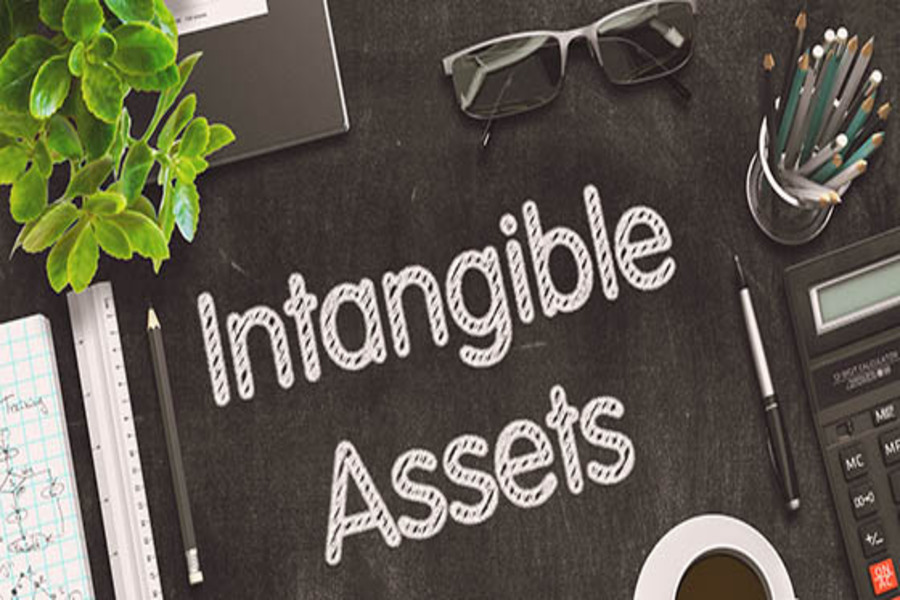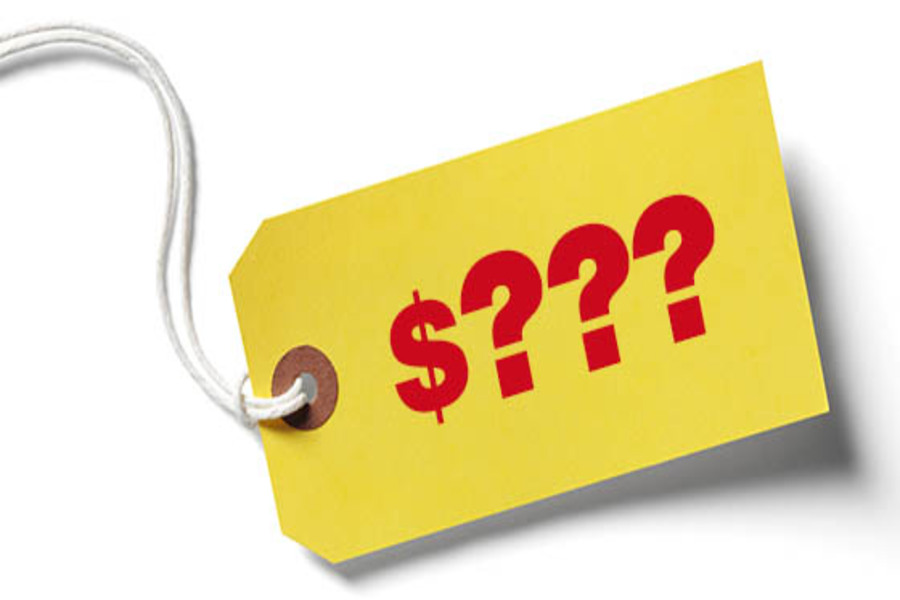Intangible assets — such as patents, copyrights, trademarks and customer lists — can have substantial value. But, unless they’re purchased from a third-party, you might not know what they’re currently worth. For example, if a business cultivates a well-known brand over several years using internal resources, it won’t appear on its balance sheet. Owners of intangibles need to know the value of these assets in various situations. For example, the value of intangible assets may be relevant when buying or selling a business, reporting acquired intangibles under U.S. Generally Accepted Accounting Principles (GAAP), licensing rights to or joint venturing with a third party, and litigating asset infringement or breach claims. The value of intangibles also can be important in matters such as divorce settlements and estate...





